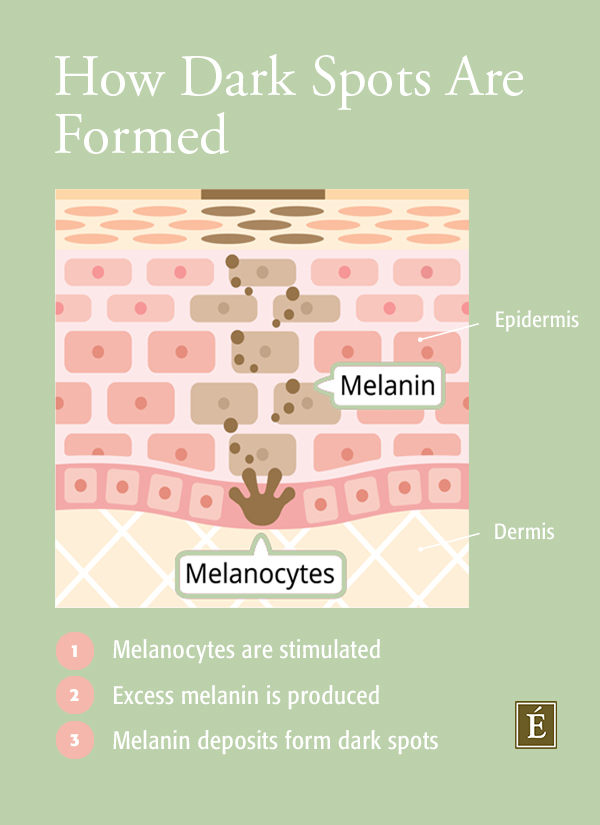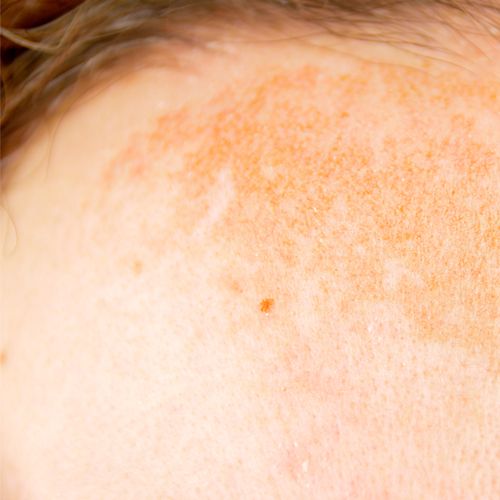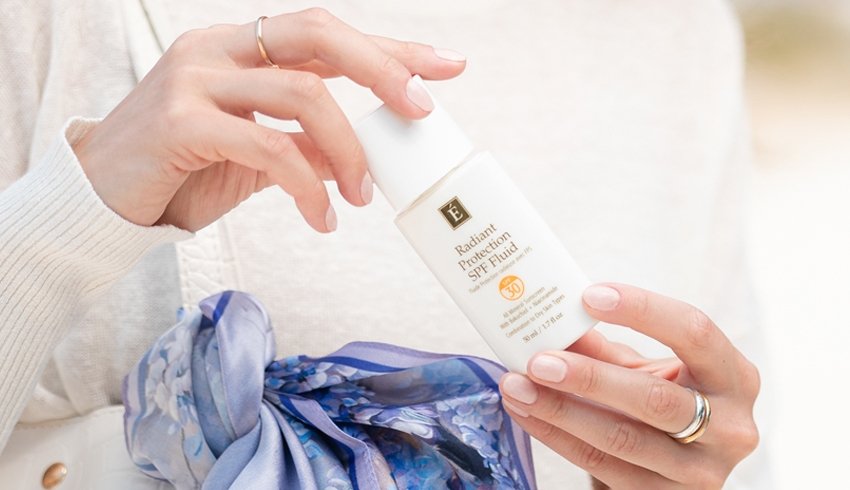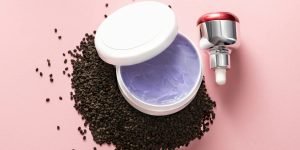[ad_1]
Age spots, liver spots, dark spots or sun spots, you name it. It doesn’t matter what the name is. These patches are sometimes an indicator of pore and skin damage. It’s a good idea to learn what happens to your pores and skin when dark spots and pigmentation occur, why they occur, and what skincare options you should consider.
What causes dark spots? | how to stop dark spots

What causes dark spots?
Whether your pores and skin tone are dark or light, your pores and skin are made up of a pigment called melanin. Melanin, produced by cells called melanocytes, acts as a type of safety for the pores and skin. Nonetheless, when hyperpigmentation occurs, the pores and skin produce extra melanin, forming deposits and creating spots and patches that are darker than the surrounding pores and skin. Hyperpigmentation affects all pores and skin colors, however it tends to consistently affect darker pores and skin colors as well. Listed here are three possible explanations for why you may be affected by dark spots.
solar power promotion
The main reason for dark spots is sun damage. When stimulated by dangerous ultraviolet rays, melanocytes respond by releasing melanin, which acts as a pure sunscreen. Melanin is beneficial because it absorbs vital energy from ultraviolet rays and redistributes it. Nonetheless, sunlight can trigger the production of excessive amounts of melanin, resulting in dark spots, pores, and skin patches.
Sunlight is not only a fundamental disadvantage of sunspots, but it additionally causes dark marks we call age spots or liver spots. One of these hyperpigmentations can be due to sun damage, which has been gleaned from years of publicity. In the words of Harvard Wellbeing Publishing, “As you get older, the years you spend in the sun start to add up.” Most common in adults over 55, these tan, brown or black spots tend to stain areas least exposed to sunlight, such as the face, fingers, toes and shoulders. As you age, hyperpigmentation may become worse due to two reasons. First, as we age, the amount of melanocytes decreases, but their measurement and pigment production improves. Second, older pores and skin tend to appear thinner, paler, and more translucent, accentuating dark spots.

hormone
One of the unwanted effects that appear far and wide when hormones zigzag up and down the spectrum are changes in pigmentation called melasma. The constant increase in hormones that occurs during pregnancy, hormonal treatment, adjustments in contraception, etc. stimulates melanin production. Pregnant women typically develop dark spots on their nostrils, cheeks, jawline, eyebrows, or chin, creating what’s called a “pregnancy mask” or “melasma.” One of these hyperpigmentations typically lasts until the pregnancy ends or hormonal ranges return to a steady state.
Exposure to the sun and warmth can worsen the appearance of hormonally induced hyperpigmentation. If you suffer from melasma and want to unwind in a sauna or hot yoga session, you may need to rethink your relaxation plan. Hot environments can affect hyperpigmentation and dark spots, causing them to enlarge and spread out.
annoying
Dark spots can usually occur after irritation or damage to the pores and skin, especially if they are affected by acne, eczema, allergic reactions or various pores and skin conditions. A type of discoloration called post-inflammatory hyperpigmentation is a pure reaction of the pores and skin to irritation. After a wound occurs, the pores and skin become infected, and as they heal, the pores and skin naturally produce extra melanin, which darkens the pores and skin.
Hyperpigmentation due to irritation is very prevalent after a rash. As the irritated pores and skin heal from acne, dark spots ranging from pink to purple, violet, brown or black are left behind. The more severe the irritation, the larger and darker the spots may become. Plus, there’s a reason experts warn against picking on acne. Popping these pimples increases the chances of acne irritation or dark spots developing.

How to prevent dark spots (hyperpigmentation)
Protecting your pores and skin from further harm is just as necessary as reducing existing pigmentation. Here are some key suggestions to prevent additional dark spots from appearing in your pores and skin:
Protect yourself from the sun
Brian Goodwin, Worldwide Educator Eminence Natural Pore and Skin Care, which states that time inside the sun plays a “critical position” within the growth of hyperpigmentation. It’s easy to underestimate the true impression. “Because we typically see the results of a day in the sun after relaxing indoors, we may not understand that our ongoing solar care habits (or lack thereof) are responsible for the formation of hyperpigmentation,” she says. he says.
Because sun damage is one of the main causes of dark spots. — with age spots — To stop pigmentation, it is important to stop promoting UV rays. This means avoiding the sun’s rays, carrying a hat outdoors, and applying sunscreen. Avoiding the sun’s rays by avoiding or blocking UV rays that stimulate melanin production is one of the best ways to prevent dark spots.
[ad_2]






